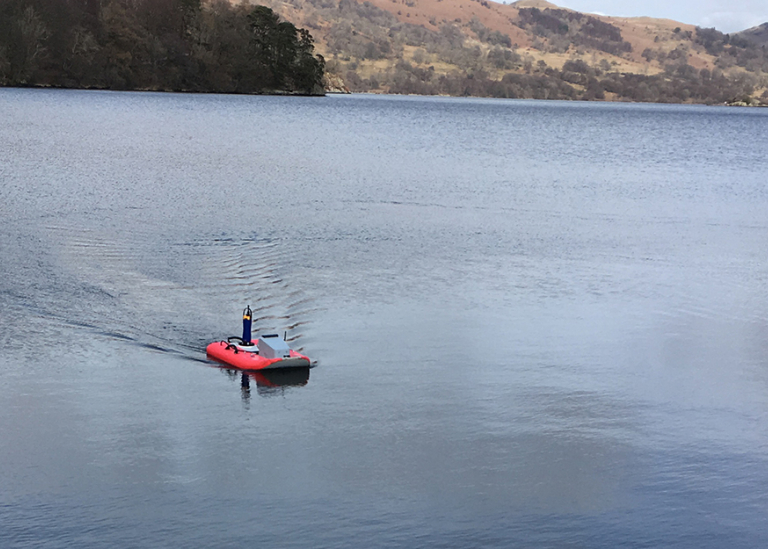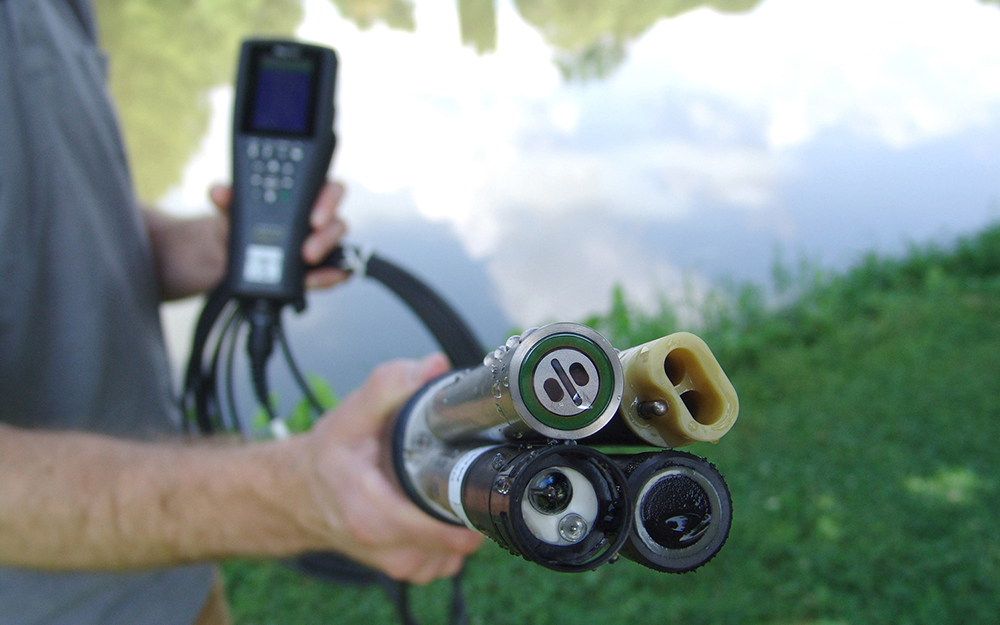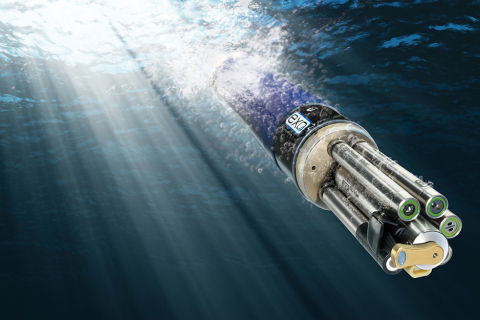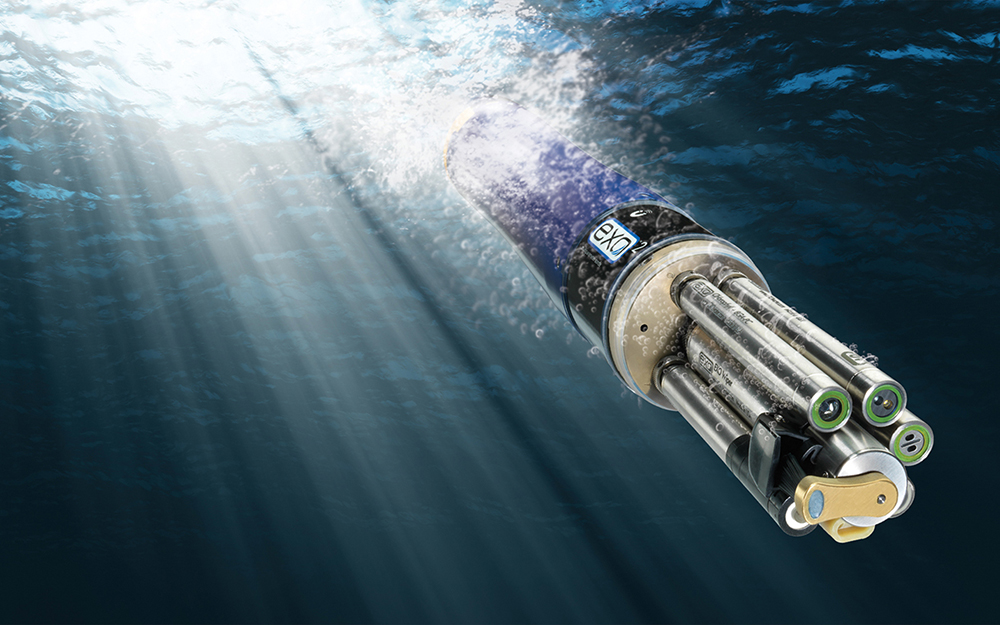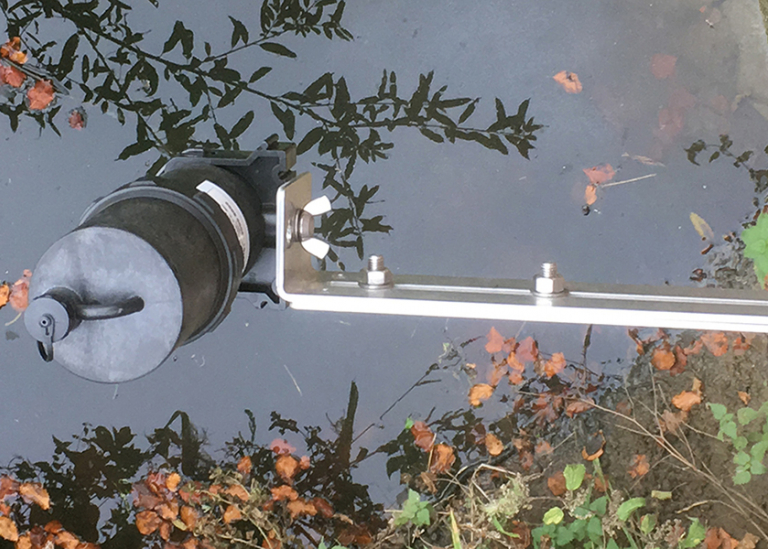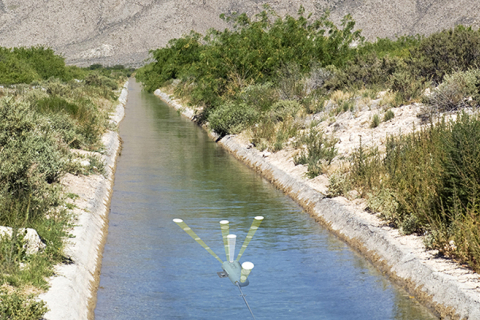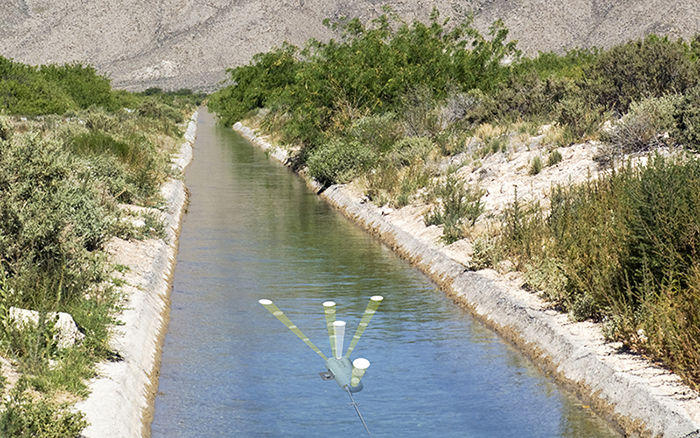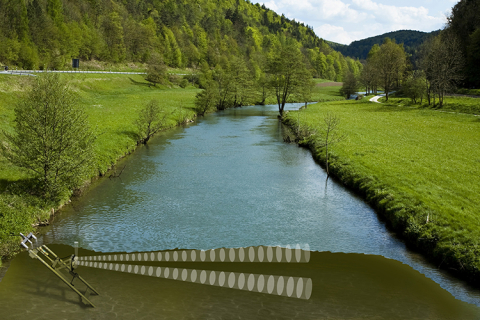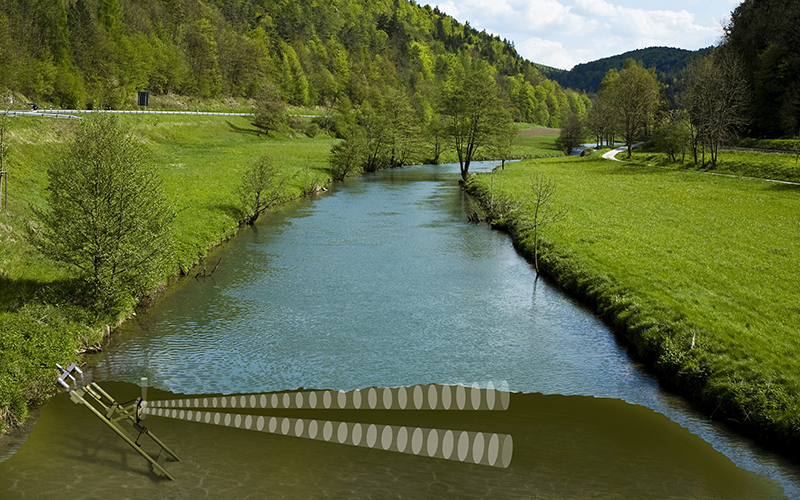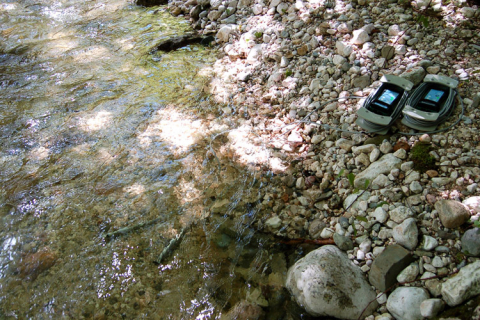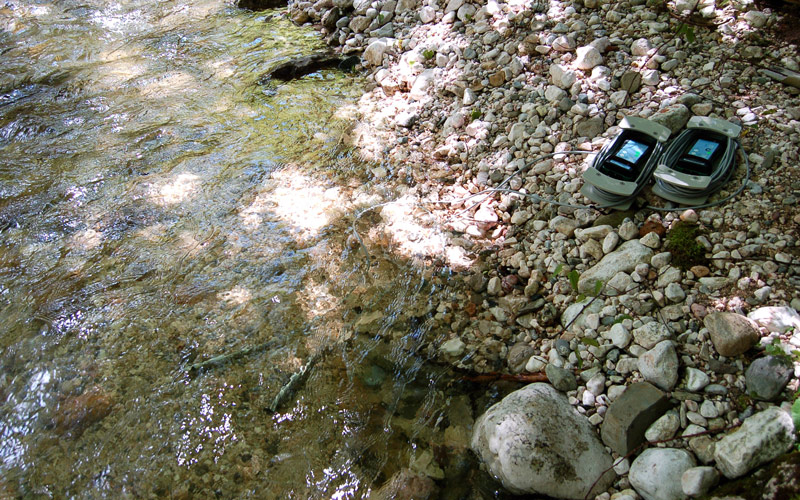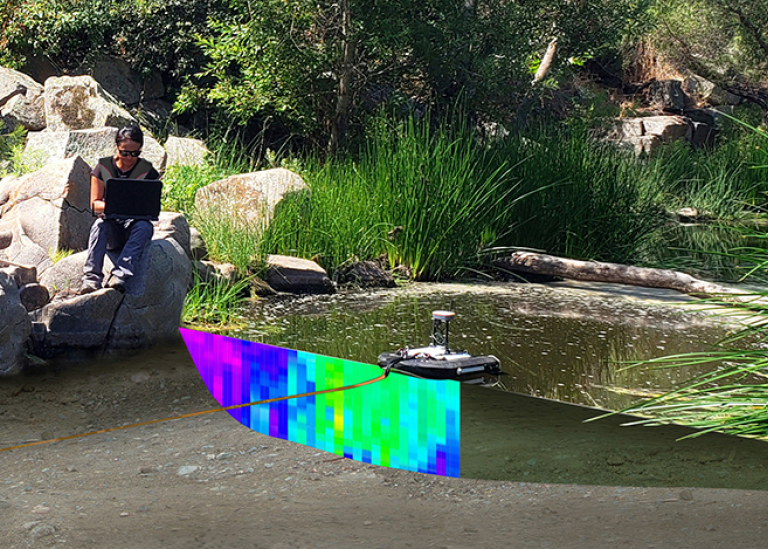
Surface water monitoring
Many aquatic systems, including rivers, canals, streams, lakes and reservoirs, are under severe pressure from pollution and climate change today. This often leads to reduced water quality, impoverished biodiversity and the loss of ecosystem services such as flood buffering. That is why we provide the tools that allow us to better study, understand and monitor our waterways and reservoirs.
We’re happy to help you using our expertise in measuring these factors. In this way you can easily and reliably map the environmental factors of ecosystems, as well as checking domestic or industrial drainage water to streams and rivers or monitoring the composition of intake water for drinking water purification. You can also monitor the safety of swimming areas for recreation, for example by detecting algal blooms.
What are we able to measure?
Water quality
A wide range of parameters can be measured with different sensors. We have both portable and continuous in-situ measuring devices. Where long-term and autonomous monitoring is required, we can equip the sensors with cleaning mechanisms and anti-biofouling housings. These multi-parameter probes are able to simultaneously measure multiple parameters such as: dissolved oxygen, turbidity, pH, redox, conductivity, nitrates, nitrites, ammonia and even algae. They are custom configured specifically for your application.
Level measurement
In various situations, it can be important to monitor and measure the water level. The most frequent measurement techniques for this are ultrasound or radar. They both emit waves and measure their reflection on the surface of the water to determine the current level. They can send their data via a modem so that you can monitor the water level in real time from the office. In case of critical water levels, an alarm can be sent through at any time.
Flow rate
As you can read in the flow measurement’s solution, there are different measing principles for measuring flow rate. For measurements on surface water, there are three measuring principles that are most applicable, namely: radar measurement, laser measurement and Doppler.
There are two options for this latter technique. Side-looking': the Doppler sensor is placed underwater on the bank and measures the flow from there, directed towards the opposite bank. The second option is to mount the sensor on the bottom. In this case, the Doppler pulses are transmitted upwards and/or forwards.
In very turbulent water and rivers and streams that are difficult to profile, we can also measure the flow by means of a tracer measurement using a biodegradable tracer solution. These are poured in a known concentration at a point upstream in the river and detected and measured further down in order to determine the flow rate.
Together, we examine the measurement location on site in order to recommend the best measurement technique for your application.
Profilers
Mapping the profile of a stream or river can make the difference between an accurate flow measurement or a rough estimate. That’s why we have two types in our range: a portable gauge, which you can use to walk through a shallow stream in order to measure, and a profiler that you place on a floating object and allow to go across the width of the river. This can be done on a board that you pull across on a cable or on a boat that you can even steer by remote control. We’re happy to help you find the best set-up for your application.
More information?
